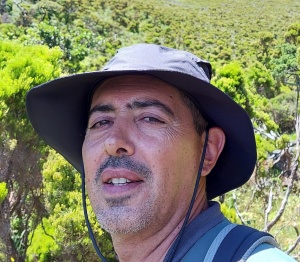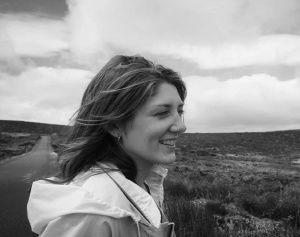We provide an inventory of all arthropods recorded inside OTCs and in control plots in three intensively managed pastures dominated by grasses in Terceira Island (Azores): two of them dominated by ryegrass, Lolium multiflorum Lam. (Poaceae), located respectively at 186 m and 301 m above sea level; and one field dominated by common velvetgrass, Holcus lanatus L. (Poaceae), located at an altitude of 385 m.
A total of 41351 specimens were collected. Organisms collected belong to four classes, 15 orders, 60 families and 171 species/morphospecies (including 34 taxa identified only at order, family or genus level). Therefore, for only 137 taxa, we have a scientific name associated (n = 38918). A total of 75% of the species (n = 129 species) are considered introduced (including all the species with indeterminate colonisation status that are possibly also exotic species (n = 7622)), representing 71% of the total abundance (n = 29664 specimens). A total of 19% of the species (n = 33 species) are considered native non-endemic representing 28% of the total abundance (n = 11608 specimens). Only one endemic species was sampled, the wolf spider Pardosa acorensis Simon, 1883 (1% of the species), representing 0.2% of the total abundance (n = 79 specimens). Spiders (5056 specimens) and beetles (18310 specimens) were the dominant taxa representing, respectively, 20 and 78 morphospecies.
Since the main aim of this study was to have a better knowledge on arthropod communities present in Azorean pastures under a simulated temperature increase, the principal novelty of this paper is the contribution with distribution and abundance data to a baseline knowledge on the future consequences of climate changes on arthropod communities in Azorean pastures.





